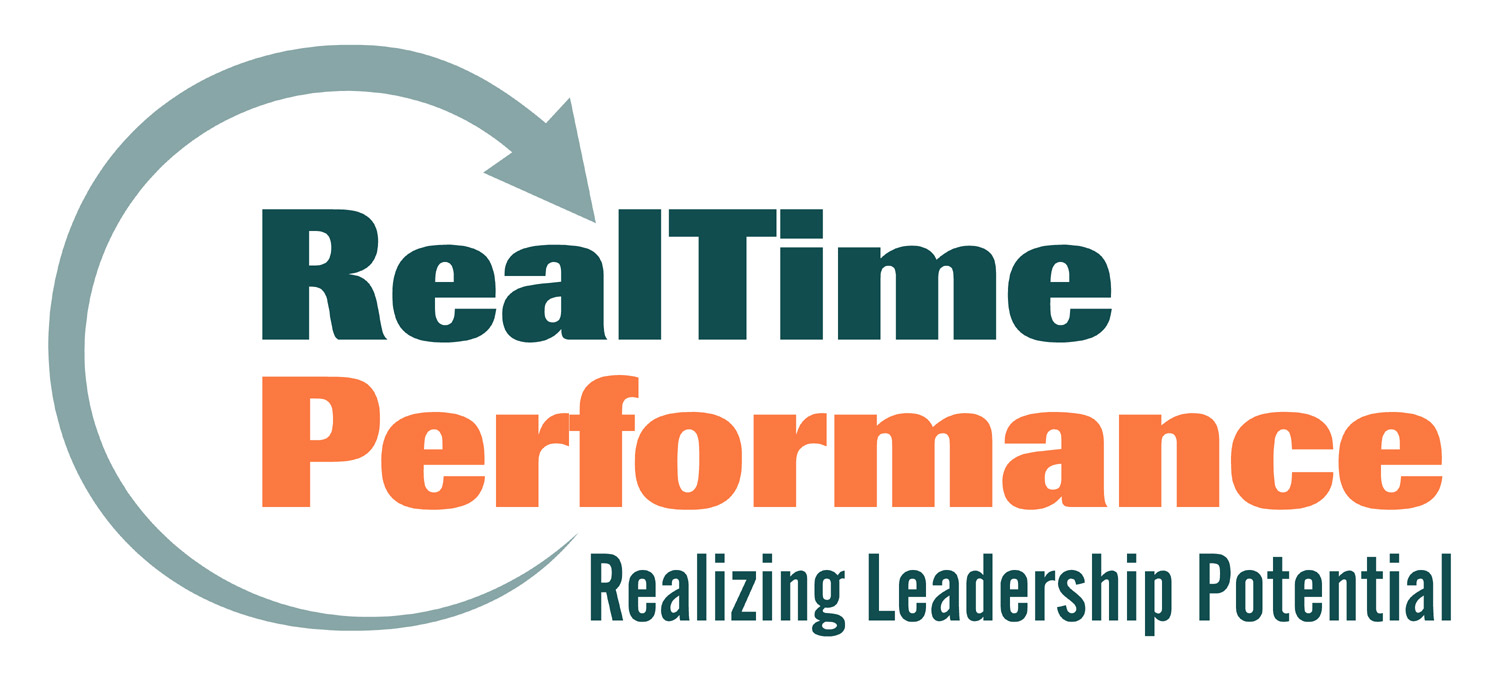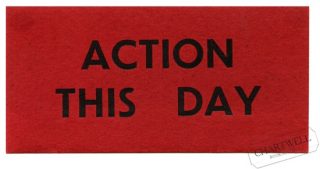You walk into the conference room for your fourth meeting of the day. It’s a cross-functional committee and you’ve been tasked with making a big decision. You’re pretty sure the committee made a decision during last week’s meeting, and you’re hopeful today’s topic is focused on execution. After all, a solution was discussed thoroughly and you felt that consensus was finally achieved. As you scan the agenda you get a sinking feeling in your gut. You realize the decision is still on the table and you’ll be spending the next hour rehashing the pros and cons.
Your email is piling up; your task list is getting longer and the next hour of your life will be spent “socializing” a decision with no clear understanding of who is making the decision, no timeline for when the decision will be made, and no agreement on how the decision will be made. And while you’re dithering, your nimble competition is making decisions and executing.
We’ve all been there, but it doesn’t have to be this way. Try these three tips to improve decision making and break-through organizational indecision.
Assign a Decision Maker.
Today’s frequently matrixed organizations operate through highly collaborative and interdependent networks, and much of the important work is often completed by multifunction teams. Thus, the responsibility for making a decision often defaults to a team or committee. Consensus decision making can generate high levels of buy-in from team members, but it is time consuming and, in cases where perspectives vary and emotions run hot, nearly impossible to achieve. In such cases, you can suffer through endless meetings, or you can assign a decision-maker. Achieving organizational clarity about who is making a decision, and assigning that responsibility to a single individual at the lowest appropriate level, can really speed up decision making. This doesn’t mean you forgo the process of gathering input from various sources and considering the perspectives and opinions of subject matter experts and others impacted by the decision. It’s important to have that debate, but it’s also important to make a decision in a timely manner, and to be transparent about the role everyone plays in the process. A good decision made today is better than a perfect decision made two months from now.
Frame the Decision.
Before seeking data and weighing options, take a step back from the decision and look at the big picture. Ask yourself, “what needs to be decided?” For every decision there are underlying assumptions and beliefs that act like a lens. Question whether, for this decision, you are looking through the proper lens? Are there alternative perspectives or frames that open up possibilities you didn’t consider? For example, when deciding on the next car to buy, you may initially frame the decision as SUV or Sedan. However, such a narrow frame may unnecessarily limit your choices. An alternative frame would ask how you want to spend your transportation dollars? This opens up your options to include Uber, Zipcar, public transportation and others. In other words, do you even need a car?
Set a Timeline and Right-size Your Effort.
One of the most valuable contributions Eric Schmidt made during his time as CEO of Google was imposing timelines on decisions. In today’s business world, speed is a competitive advantage. Consider the stakes involved and the effort required to collect the necessary information, and then set a timeline and stick to it. There will always be a few really big decisions that require lots of time because they can’t be undone. But most decisions do not fall in that category, and its more advantageous to make a decision in a timely manner with the best information you have, and then move on.
So the next time you find yourself facing organizational indecision, become a decision catalyst and coach your team toward a decision. Everyone will be thankful you did.
My colleagues Brent Snow and Ken Victor also contributed to this article. This post was originally published on LinkedIn
Image: “Arrows” by Dean Hochman is licensed under CC BY 2.0



